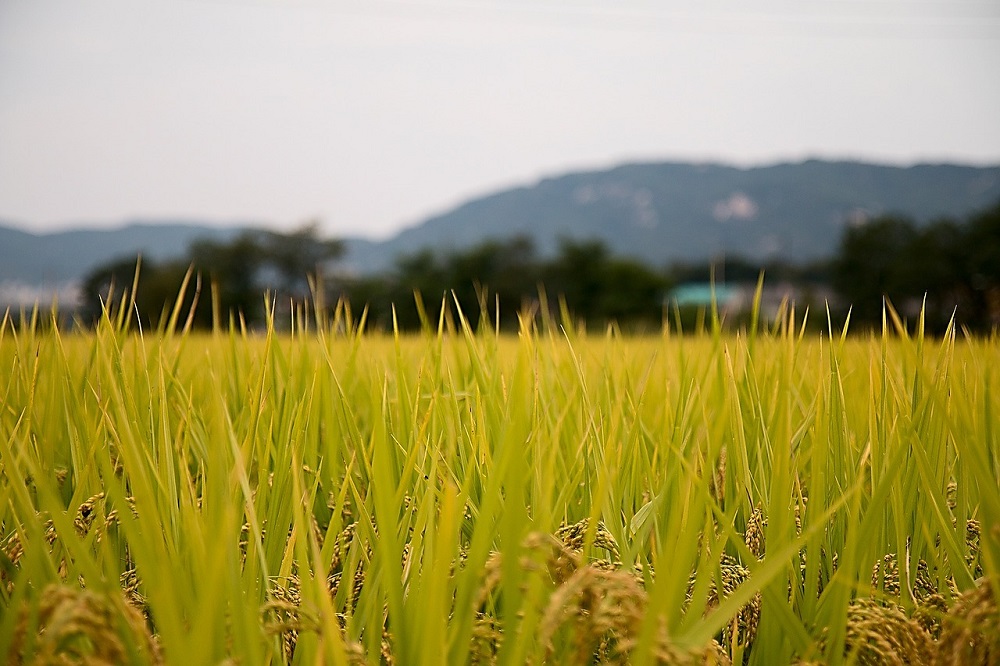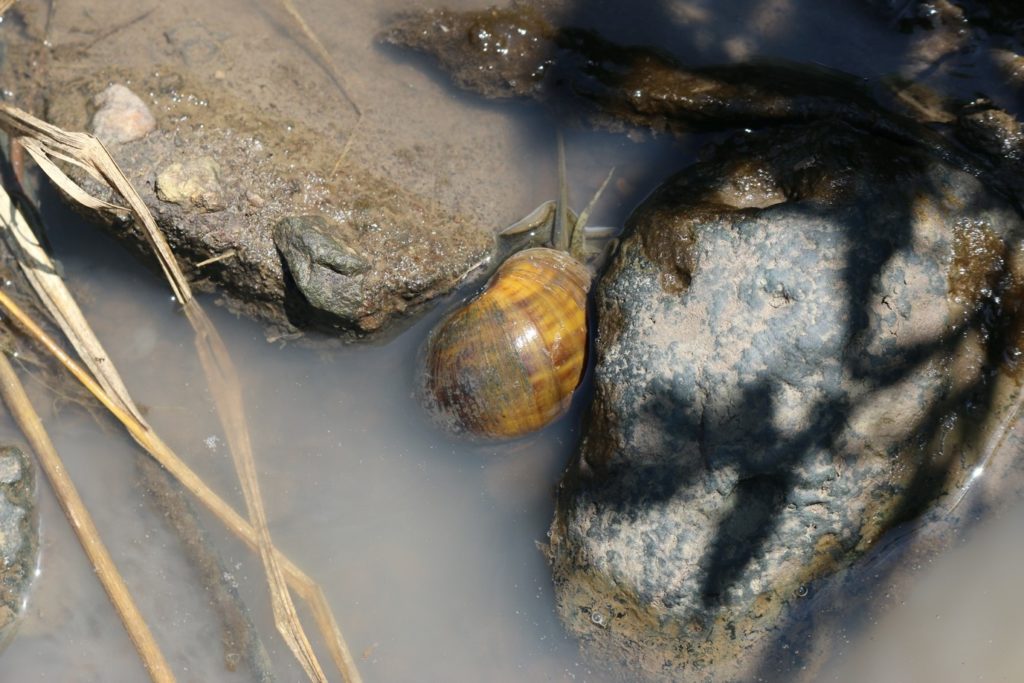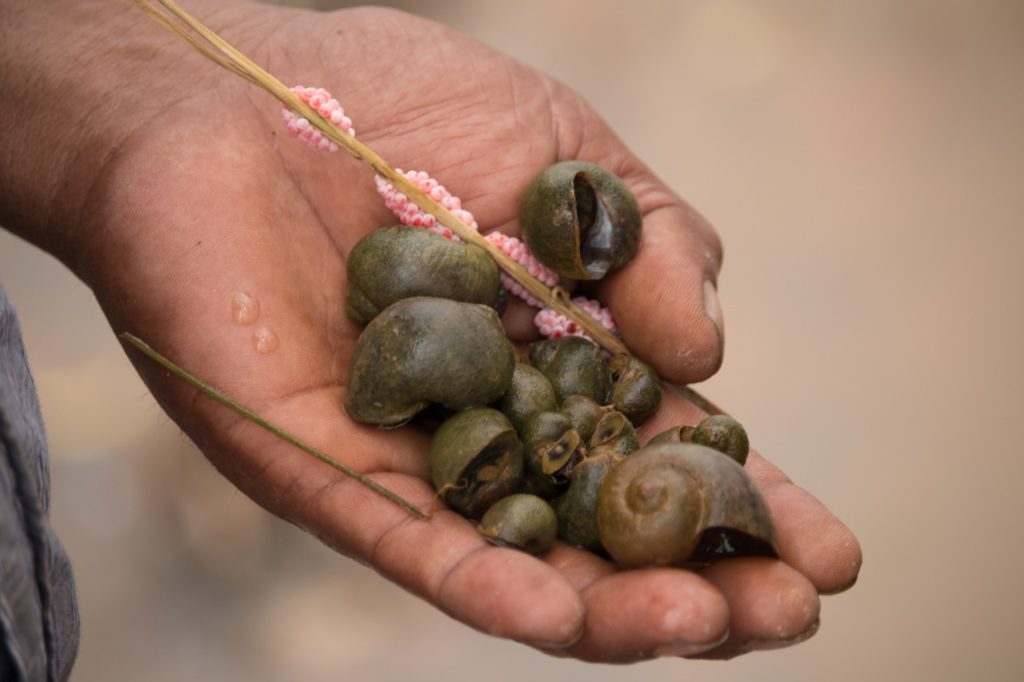What makes invasive apple snail the worst invasive invertebrate of waterways?
This article was originally published on CABI Digital Library Overview: What is the invasive apple snail? The invasive apple snail is a large freshwater snail with a large variation in shell colour. This species is in the ‘top 100 worst invasive species’, and is possibly the most damaging aquatic snail, spreading via canals, rivers and…
Apple snail: The threat and potential economic impacts on East Africa
Earlier this year, scientists from CABI and the Kenya Plant Health Inspectorate Service (KEPHIS) published new research confirming that the apple snail, Pomacea canaliculata, had been discovered in Kenya for the first time. Widely considered to be one of the most invasive invertebrates of waterways and irrigation systems, the apple snail threatens Kenya’s rice production…
CABI DNA identification confirms discovery of highly invasive apple snail in Kenya
A highly invasive apple snail (Pomacea canaliculata) has been discovered in Kenya for the first time. This is what new research published today by CABI scientists and the Kenya Plant Health Inspectorate Service (KEPHIS) confirms.





